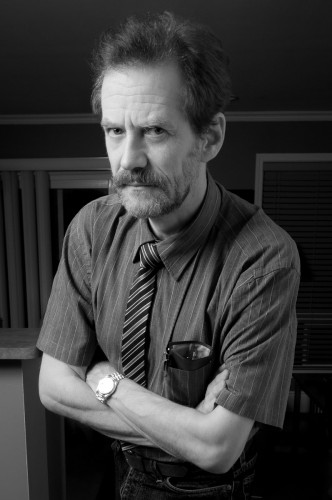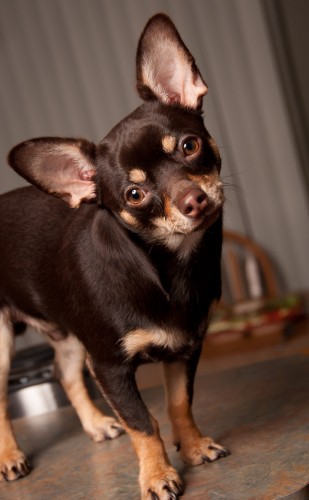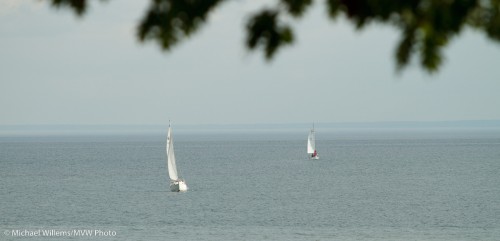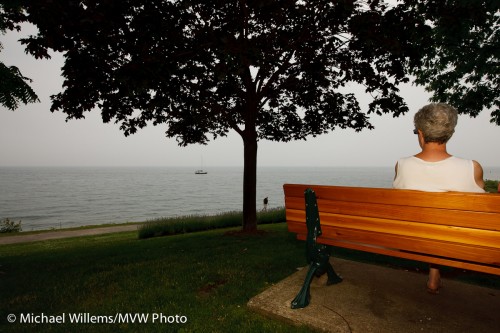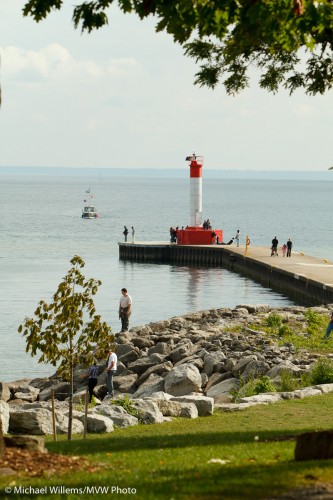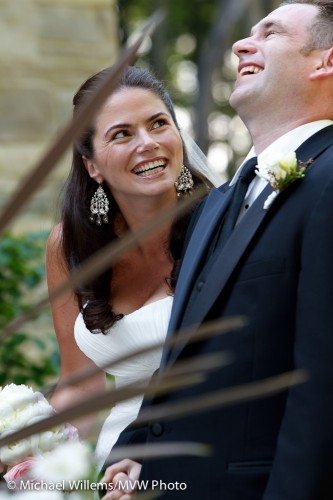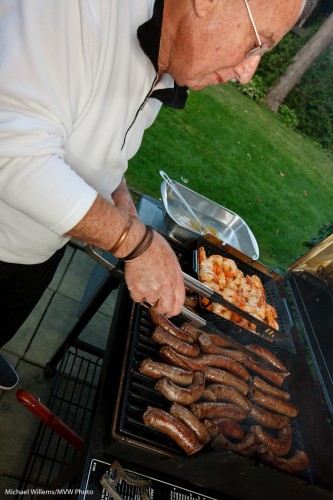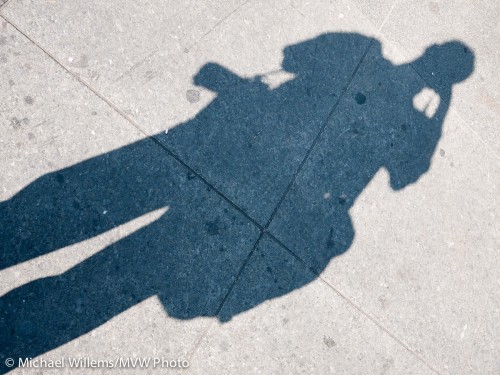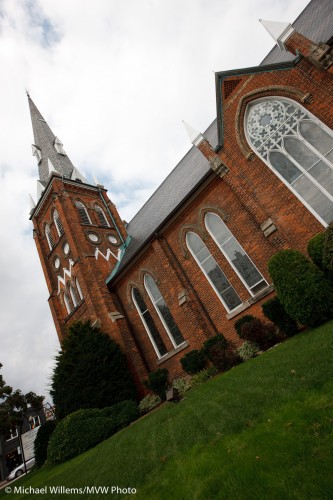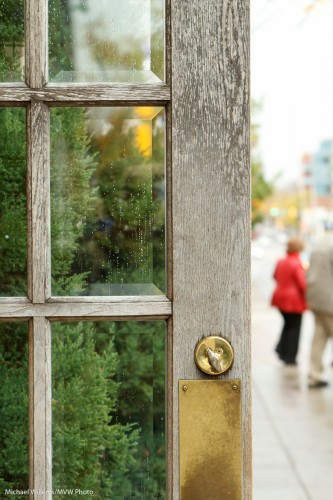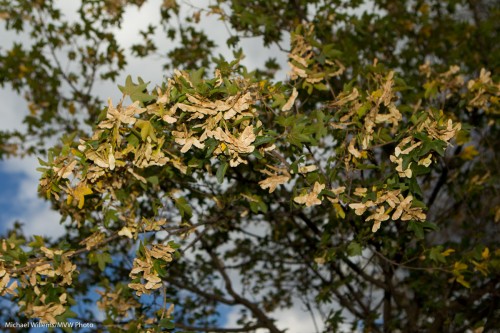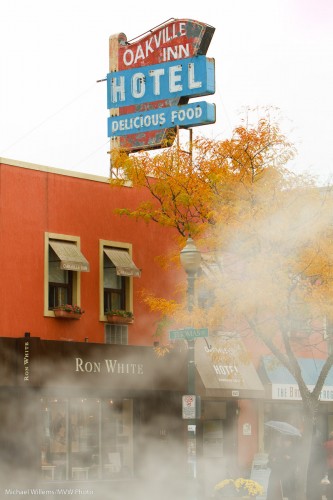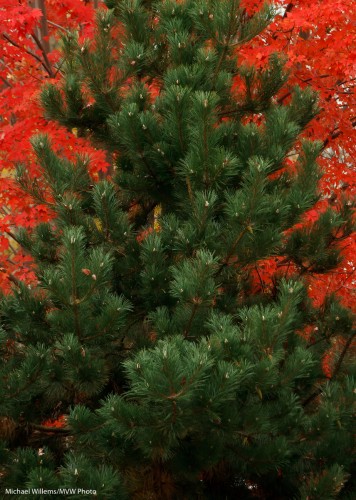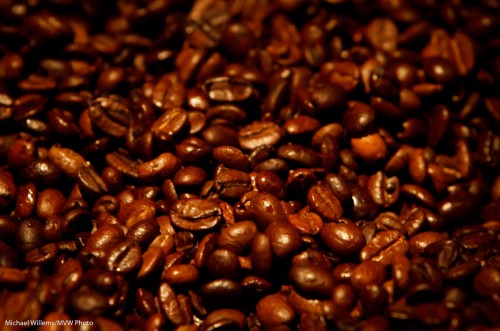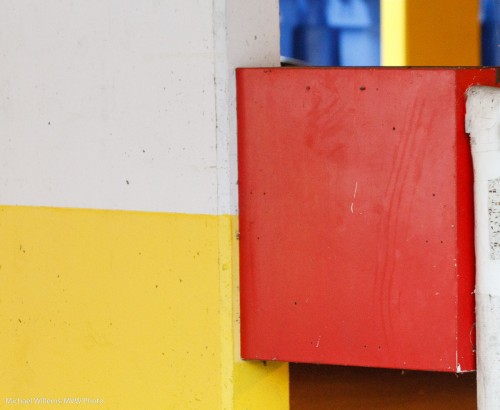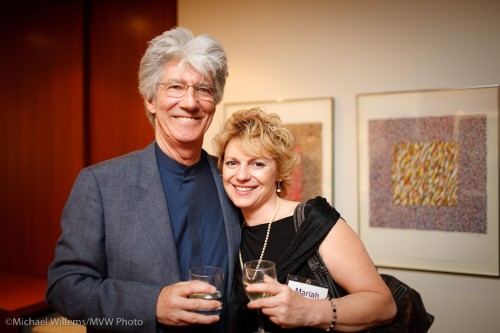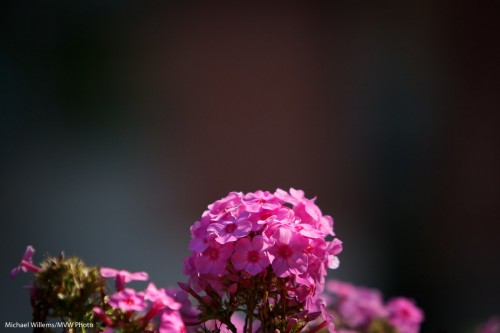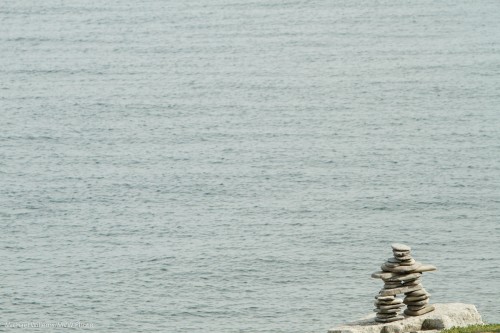Since this blog is called “speedlighter”, and I kind of specialize in lighting, I thought I might do a quick post on quick lighting.
Today, I had a student shoot me, and her dog, using one studio light (a 400 Ws Bowens light). To do this you need to do the following:
- Set up a light on a stand;
- Add an umbrella;
- Shoot near a wall which acts as the reflector (that is why one light is enough!);
- Connect the light to the camera using, for example, a cable;
- A light meter to measure light and hence to help you set the flash’s power;
- Set your camera to f/8, 1/125th second, 100 or 200 ISO;
- Now meter to that (i.e. adjust the light until the meter read f/8).
The first test shot should be without flash, and should be black.
Then, connect the flash cable and shoot:
And then, after that test shot, the object of tonight’s shoot, which was not me, alas:
Cute, eh?
Note the simple composition, blurred background, the excellent composition and tilt (see Friday’s post), and note the catchlight from the umbrella in Duke’s eyes. (If we had shot through an umbrella, the catchlight would be even more simple, round).

